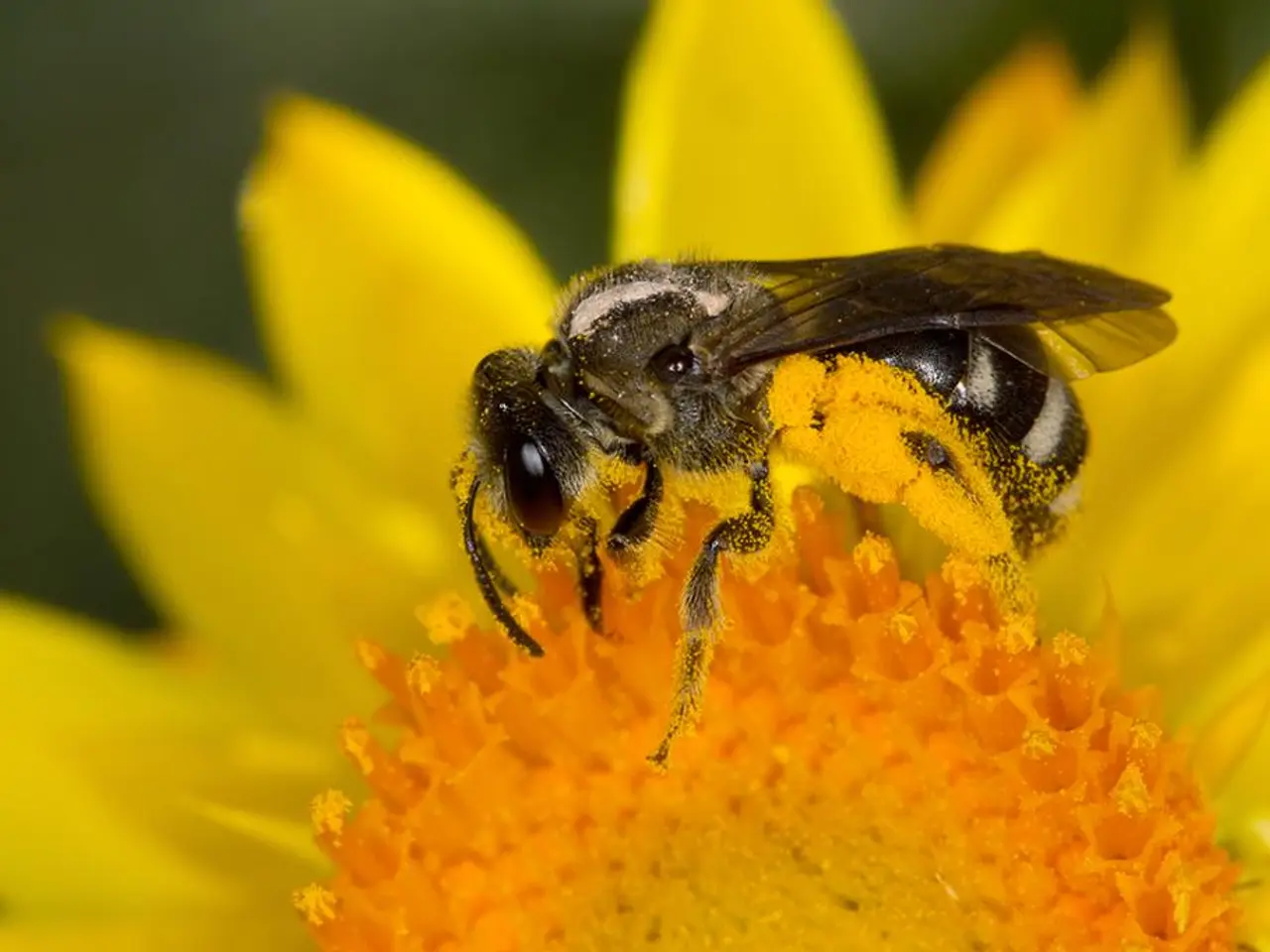Nation now faces emergency situation.
Yellow Fever Outbreak in Colombia: Government Declares Health Emergency
A yellow fever outbreak in Colombia has been escalating since early 2024, resulting in 74 confirmed cases and 34 deaths as of July 2025. The most affected area is the Tolima department in central-west Colombia, where 22 cases have been detected.
The outbreak has not only affected traditional high-risk tropical forest regions like the Amazon basin and Magdalena River, but it has also spread to new regions, such as Neira in Caldas and Tolima. This expansion is thought to be influenced by climate change and deforestation.
Colombian President Gustavo Petro has declared a nationwide health emergency and called on citizens to get vaccinated. He attributes the spread of the virus to climate change, explaining that the yellow fever mosquito Aedes aegypti is advancing to higher altitudes due to rising temperatures.
To control the outbreak, Colombia has launched a nationwide vaccination campaign. The government emphasizes vaccination as a critical measure, supported by global health authorities like the Pan American Health Organization (PAHO), which recommends immunization for travellers to affected regions. Vaccination campaigns have proven highly effective in reducing deaths in such outbreaks, with studies showing response vaccinations can decrease fatalities by up to 99%.
The outbreak coincides with humanitarian challenges due to heavy rains and flooding in regions like Meta and Nariño. These weather conditions have affected infrastructure, agriculture, and health services, potentially complicating outbreak response and increasing vulnerability.
In response to the increase in infections, vaccination certificates will now be checked upon entry and exit. Unvaccinated people are advised not to be in risk areas, as stated by Petro. The mortality rate of yellow fever in Colombia is almost 50 percent, according to Health Minister Guillermo Jaramillo, leading to the declaration of an emergency.
In summary, Colombia is facing a significant yellow fever outbreak with dozens of cases and fatalities, concentrated particularly in Tolima and other expanding regions. The government response focuses on emergency vaccination campaigns and public health measures to contain the spread amid concurrent climate-related challenges.
- To better understand the impact of yellow fever on economic and social policy, it's essential to conduct research in environmental science, considering the influence of climate change.
- The rapid advancement of medical-conditions research is crucial to developing effective therapies and treatments for yellow fever, respiratory conditions, digestive-health issues, eye-health problems, and neurological disorders.
- Adequate workplace-wellness programs should be implemented to promote sleep, fitness-and-exercise, and nutrition, enhancing overall health and wellness during times of public health crises like the yellow fever outbreak.
- With the rise in chronic diseases such as cancer and autoimmune-disorders, it's imperative to study the link between these conditions and factors like vaccination status, skin-conditions, and hearing health.
- The government can collaborate with global medical-authorities to devise a comprehensive strategy for addressing the yellow fever outbreak, including international vaccination campaigns and travel advisories.
- Skin-care practices and products can play a role in preventing infections by promoting cleanliness and reducing exposure to potential pathogens.
- Parenting education should emphasize the importance of vaccinating children and managing weight-management to protect them from yellow fever, as well as other infectious diseases.
- Mental-health support is essential for individuals affected by yellow fever and its associated stressors, such as the fear of infection, grief, and social isolation.
- Despite the focus on yellow fever and traditional high-risk regions, it's important to monitor and address health-issues in diverse populations, including those within the context of mens-health and womens-health.
- In addition to yellow fever, it's essential to remain vigilant for other health threats exacerbated by climate change, like cardiovascular-health risks and the spread of pests and diseases.
- Medicare programs should prioritize yellow fever vaccination and assistance for vaccination certificates to bolster healthcare access for vulnerable populations.
- The government can explore alternative treatments, such as CBD, for managing symptoms and reducing the mortality rate of yellow fever and other infectious diseases.
- Considering the rise in environmental-science studies, it's crucial to examine the role of environmental factors, such as pollution, on the emergence and spread of infectious diseases like yellow fever.
- As the yellow fever outbreak persists, continued monitoring of cases and tracking of the mosquito population will be essential to minimizing further infections and adapting public health responses accordingly.
- To ensure long-term health and well-being, individuals and communities must commit to maintaining healthy lifestyles, practicing good hygiene, leveraging available resources like nutrition advice and therapies, and remaining informed about emerging health threats like yellow fever.




